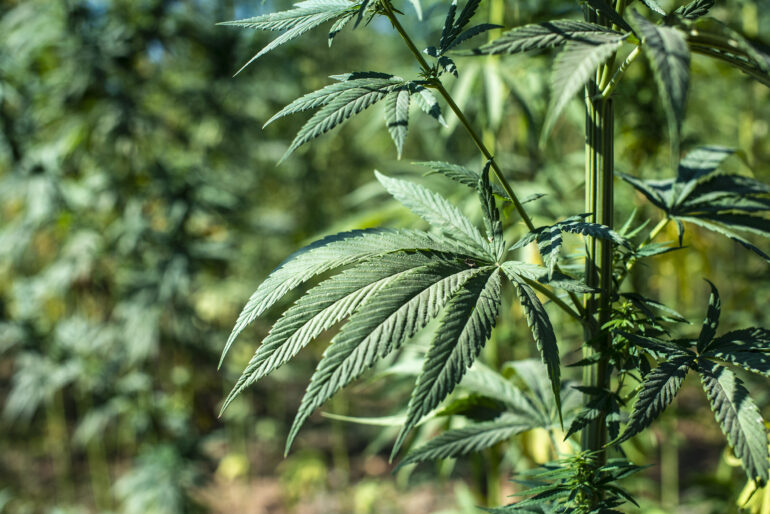In the world of cannabis cultivation, not all seeds are created equal. Behind every top-shelf strain is a long process of trial, error, and refinement. One of the most important techniques used by breeders to develop elite cannabis strains is phenohunting. This method is key to discovering the unique traits that make a strain stand out in terms of potency, flavor, aroma, growth behavior, and overall appeal.
But what exactly is phenohunting, and why is it such a game-changer in cannabis breeding? Let’s explore.
What Is Phenohunting?
Understanding Phenotypes
To understand phenohunting, it helps to first know what a phenotype is. In cannabis, a phenotype is the expression of a plant’s genetic traits. Even if two seeds come from the same parents, they can grow into very different plants depending on how the genes are expressed.
These differences might show up in things like:
- Color of the leaves or buds
- Smell and flavor profiles
- Bud density and resin production
- Height and branching patterns
- Flowering time
- Resistance to mold and pests
The Process of Phenohunting
Phenohunting is the process of growing out multiple seeds from the same genetic cross and observing their characteristics. Breeders look for standout plants, or “keepers,” that have the most desirable traits. These are then selected for further breeding or cloning.
This process often involves growing dozens or even hundreds of plants from the same seed batch to identify just one or two with exceptional qualities.
Why Phenohunting Is So Important
Unlocking Genetic Potential
Cannabis plants have vast genetic potential. Through phenohunting, breeders can tap into hidden traits that might not be immediately obvious. A single seed may produce a plant with a completely unique terpene profile or unusually high cannabinoid levels. For discussions and recommendations on where to source quality seeds, you can check out https://www.reddit.com/r/macrogrowery/comments/1cbrt1g/best_seed_banks_to_buy_cannabis_seeds_online/.
Without phenohunting, these elite characteristics might never be discovered.
Consistency in Commercial Strains
For commercial growers and seed banks, consistency is everything. Phenohunting allows breeders to identify and stabilize desired traits over several generations. This ensures that future plants grown from the same line perform similarly in terms of yield, quality, and growth behavior.
Customers expect reliability. Whether they’re medical patients or recreational users, they want the same experience every time. Phenohunting is the foundation of that consistency.
Key Traits Breeders Look For
Potency and Cannabinoid Profile
High THC content is often a priority, but breeders may also seek out CBD, CBG, or other cannabinoids depending on the target market. Lab testing helps confirm potency levels in the selected phenotypes.
Terpenes and Aroma
A rich, complex aroma can set a strain apart. Terpenes like limonene, myrcene, or linalool not only affect smell but also influence the overall effects of the strain. Phenohunting helps breeders find the perfect terpene combination.
Structure and Growth Traits
Indoor and outdoor growers have different needs. Some prefer compact, bushy plants, while others want tall, open structures for better airflow. Fast flowering times and resistance to mold or pests are also key traits breeders evaluate during phenohunting.
Bag Appeal and Market Value
In the cannabis industry, appearance matters. Dense, frosty buds with vibrant colors and visible trichomes are more likely to fetch a premium price. Phenohunting ensures these traits are present in commercial releases.
How Long Does Phenohunting Take?
It’s Not an Overnight Process
True phenohunting can take months or even years. Breeders must grow multiple cycles of the same strain, take detailed notes, and track every trait from seedling to harvest. Once a standout plant is found, it may be cloned and tested repeatedly to confirm its stability.
This patience and dedication are what separate average strains from legendary ones.
Examples of Phenohunting Success
Many of today’s most popular strains—like Gelato, Wedding Cake, and Zkittlez—were the result of extensive phenohunting. Breeders experimented with multiple combinations and hunted through hundreds of plants to find the exact expression that would win over growers and consumers.
These strains have since become cornerstones of modern cannabis culture and are used to breed new hybrids, continuing the cycle of innovation.
Challenges in Phenohunting
Resource Intensive
Phenohunting requires space, time, and money. Breeders need to grow large numbers of plants, which means more lights, more nutrients, and more labor. It’s not something casual growers typically attempt on a large scale.
Unpredictable Outcomes
Even with careful planning, there’s no guarantee a perfect phenotype will emerge. It’s a game of numbers, and success often comes after many failed attempts.
The Future of Phenohunting
Use of Genetic Testing
Modern breeders are beginning to pair phenohunting with DNA testing. This helps them identify key genetic markers early in the growth process. While still expensive, this technology is making phenohunting more efficient and accurate.
Breeding for Minor Cannabinoids
As interest in rare cannabinoids grows, phenohunting will play a big role in finding plants high in compounds like THCV, CBC, or CBN. This opens up new opportunities for medical research and product development.
Conclusion: Phenohunting as the Heart of Cannabis Innovation
Phenohunting is more than just plant selection. It’s a scientific and creative journey that uncovers the full potential of cannabis genetics. Through patience, observation, and expertise, breeders can identify traits that define the next generation of elite cannabis strains.
As the industry becomes more competitive, phenohunting will remain a critical part of creating premium products that stand out in both quality and consistency. For consumers, this means better flavors, stronger effects, and a wider range of experiences with every new strain introduced.






